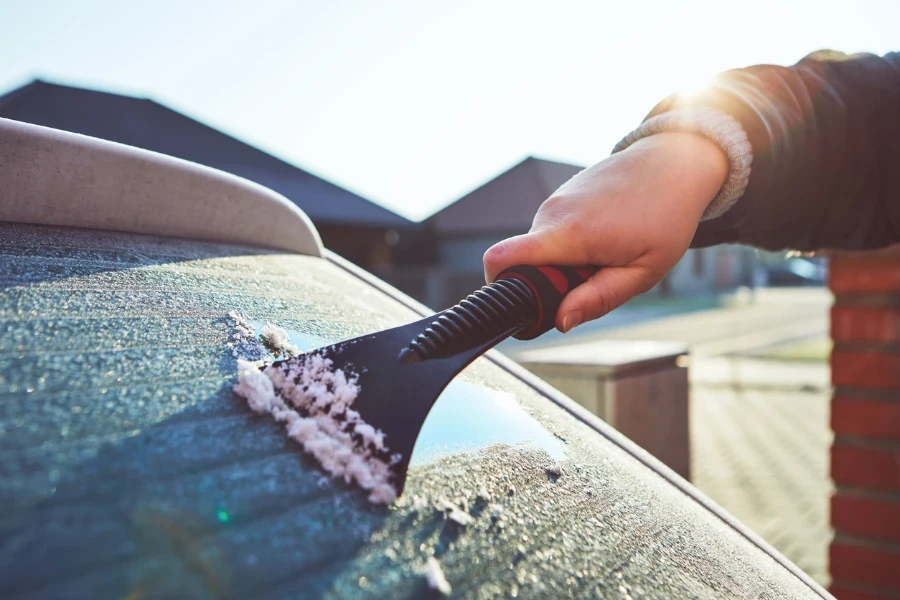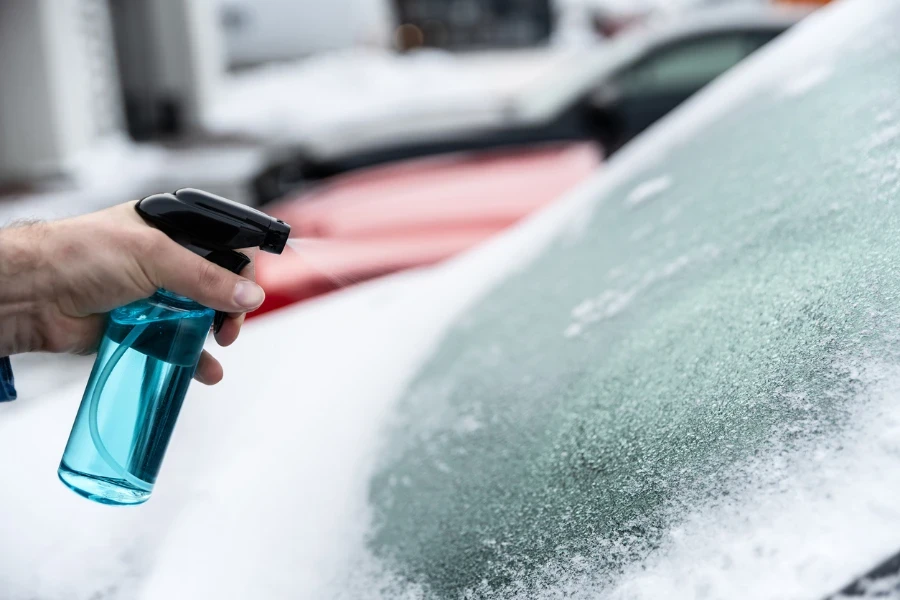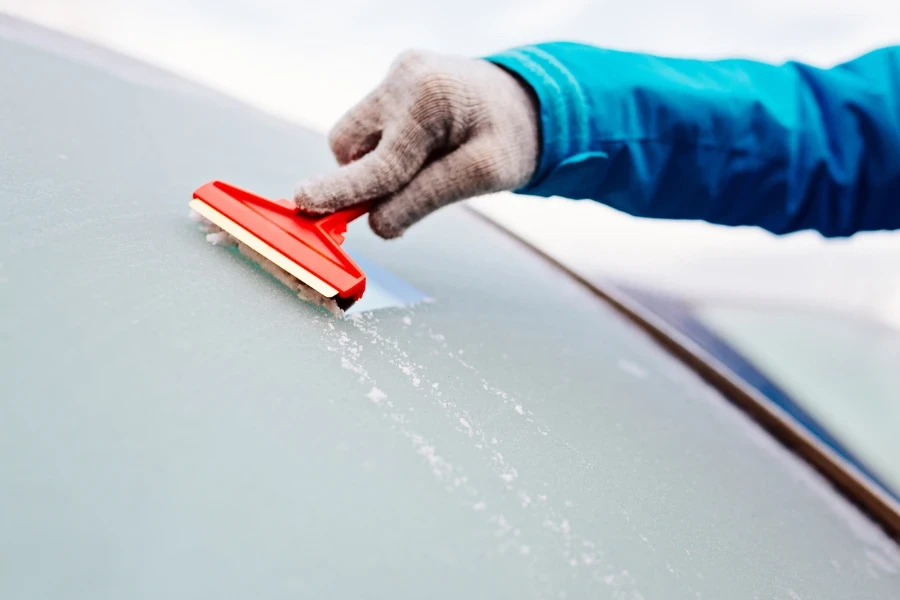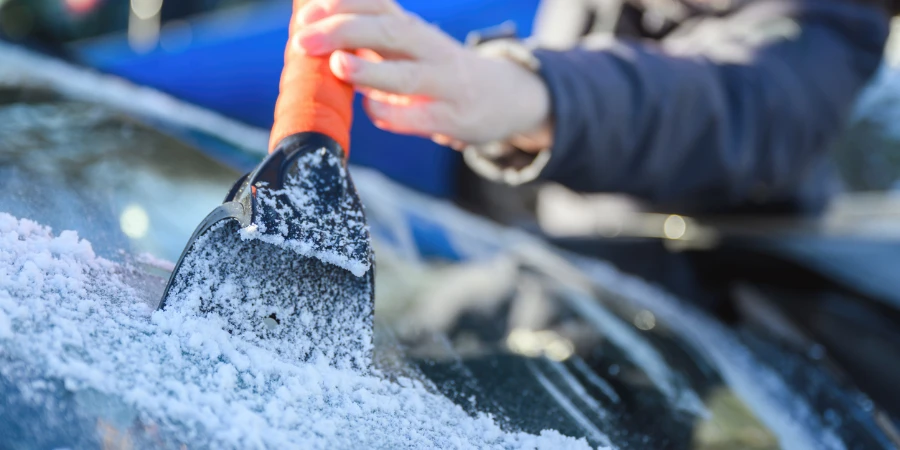As winter approaches, drivers face the recurring challenge of a frosted windshield, which not only delays your morning routine but also poses a safety risk. Understanding how to defrost your windshield efficiently can save time and ensure a safer driving experience. This article will explore the top methods to achieve a clear windshield, focusing on safety, efficiency, and vehicle care.
Table of Contents:
– Understanding windshield frost
– Safe defrosting techniques
– Tools and products for defrosting
– Preventive measures for windshield frost
– Common mistakes to avoid
Understanding windshield frost

Windshield frost forms when the temperature outside drops, causing the moisture in the air to freeze on surfaces, including your vehicle’s windshield. This phenomenon is not just about the inconvenience but also significantly reduces visibility, making it a hazard. Understanding the science behind frost formation can help in choosing the right method to tackle it.
One of the first steps in effectively defrosting your windshield is to gradually increase the temperature of the glass. A sudden temperature change can cause stress and potential damage. Starting your car and allowing it to warm up slowly, using the defrost setting on your heater, is a gentle way to begin the defrosting process.
It’s also beneficial to understand the role of humidity inside your vehicle. Keeping the interior of your car dry can reduce the likelihood of frost forming on the inside of your windshield. Regularly using air conditioning to remove moisture from the air, even in winter, can help maintain a dryer environment inside your vehicle.
Safe defrosting techniques

When it comes to defrosting your windshield, safety is paramount. The goal is to remove the ice without causing damage to the windshield or compromising your vehicle’s security. One effective method is to use a mixture of water and isopropyl alcohol. The alcohol lowers the freezing point of water, making it an efficient de-icer. However, it’s crucial to use this mixture carefully, avoiding overuse which might harm your car’s paint or seals.
Another safe technique involves using a dedicated defrosting tool, designed to gently scrape away the frost without scratching the glass. It’s important to use these tools correctly, applying even pressure and avoiding any sharp edges that might come into contact with the windshield.
Additionally, utilizing your vehicle’s climate control system correctly can play a significant role in defrosting your windshield. Setting the air to recirculate can trap dry air inside the vehicle, speeding up the defrosting process without introducing more moist air from outside.
Tools and products for defrosting

Several tools and products can aid in the defrosting process, each with its own set of advantages. A high-quality ice scraper and snow brush are indispensable for drivers in colder climates. Opting for a scraper with a soft handle can provide better grip and comfort during use.
For those looking for a more advanced solution, there are various de-icing sprays available on the market. These sprays work by lowering the freezing point of water, helping to quickly melt the frost. When selecting a de-icing spray, it’s essential to choose one that is safe for your car’s windshield and paint.
Heated windshield covers are another innovative solution. These covers prevent frost from forming in the first place and can be a great time-saver on those cold mornings. They are particularly useful for individuals who park their vehicles outdoors overnight.
Preventive measures for windshield frost

Prevention is often the best approach when dealing with windshield frost. Using a windshield cover is a simple and effective way to prevent frost from forming. These covers act as a barrier, protecting your windshield from the elements and saving you time in the morning.
Applying a hydrophobic coating to your windshield can also reduce frost formation. These coatings repel water, causing it to bead and roll off the glass, which can decrease the amount of frost that forms. Regular application of these coatings can provide long-term benefits throughout the winter months.
Ensuring that your vehicle’s heating and ventilation systems are in good working order is also crucial. A malfunctioning system can increase the humidity levels inside your car, leading to more frequent and severe frosting. Regular maintenance checks can help avoid this issue.
Common mistakes to avoid

When defrosting your windshield, there are several common mistakes that can lead to damage or reduced effectiveness. Pouring hot water on a frozen windshield is a widespread error that can cause the glass to crack due to the sudden temperature change. It’s crucial to avoid this method and opt for safer alternatives.
Using metal scrapers or other sharp objects to remove frost can scratch the glass, leading to visibility issues and potential windshield damage. Always use a plastic scraper designed for automotive use.
Neglecting to clean the windshield after defrosting can leave residue that impairs visibility. It’s important to ensure that the windshield is clear and streak-free before starting your journey.
Conclusion:
Defrosting your windshield is a necessary winter chore that, when done correctly, can ensure your safety and the longevity of your vehicle. By understanding the science behind frost formation and utilizing safe, effective techniques, you can keep your windshield clear throughout the colder months. Remember, prevention is key, and taking proactive steps can save time and hassle in the long run. Stay warm, stay safe, and keep your windshield clear this winter.




